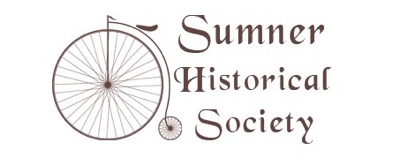

The Sumner~Puyallup Valley was the center of most hot house forcing so the state's Code Manager, Don Frank, established an office at 1004 Main Street in Sumner, the Leverenz Building at Main and Kincaid.
Details of the code were given in an article in the February 22nd, 1935 edition of the Sumner Standard. The code banned all consignment sales. It established a grading structure for rhubard. No ungraded barb could be sold or shipped. The program was self-finaced through the sale of revenue stamps similer to the program used by apple growers. Like the apple industry, some of the funds were used for marketing rhubarb to potential customers.
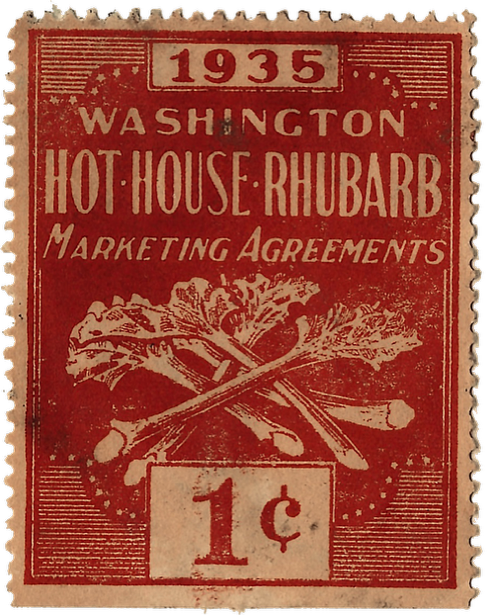
In 1935 the State of Washington may have looked like they were in competition with the United States Postal System as the state was busy issuing stamps.
Modeled after a Federal program, the state passed an Agricultural Adjustment Act that established programs to regulate the manner in which produce was graded, marketed and shipped. The programs were financed by Revenue Stamps purchased by the growers.
Hot house rhubarb was included.
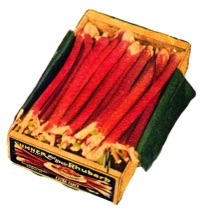
Every box of rhubarb had to have a stamp on it before it could be sold or shipped. In 1935 the growers expected to ship 150,000 boxes of barb so at one cent per stamp, per box, that would generate $1,500. That would calculate up to $28,000 in today's money.
Any sucess or shortcomings of the program were never reported. It turned out that 1935 was the only year the Hot House Stamp was used because all Federal and State Agricultural Adjustment Acts were declared un-consitutional.
What happened to the stamps? The nature of the their use, applied to shipping boxes that had a short life span, combined with the short four to five month hot house season meant that very few of the up to 150,000 stamps survived. They are now very sought after by collectors.
Next chance you get, it might be a good idea to check the cubby holes on Grandpa's old desk.
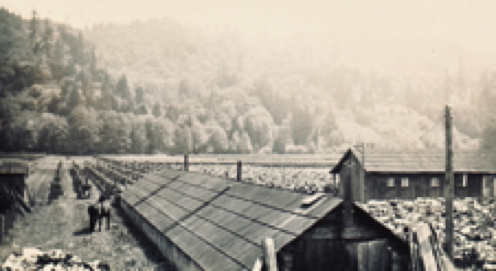
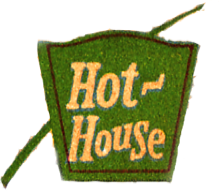
©2023 SUMNER HISTORICAL SOCIETY
Box 1928, SUMNER WASHINGTON 98390 253-299-5780
contact@sumnermuseum.org